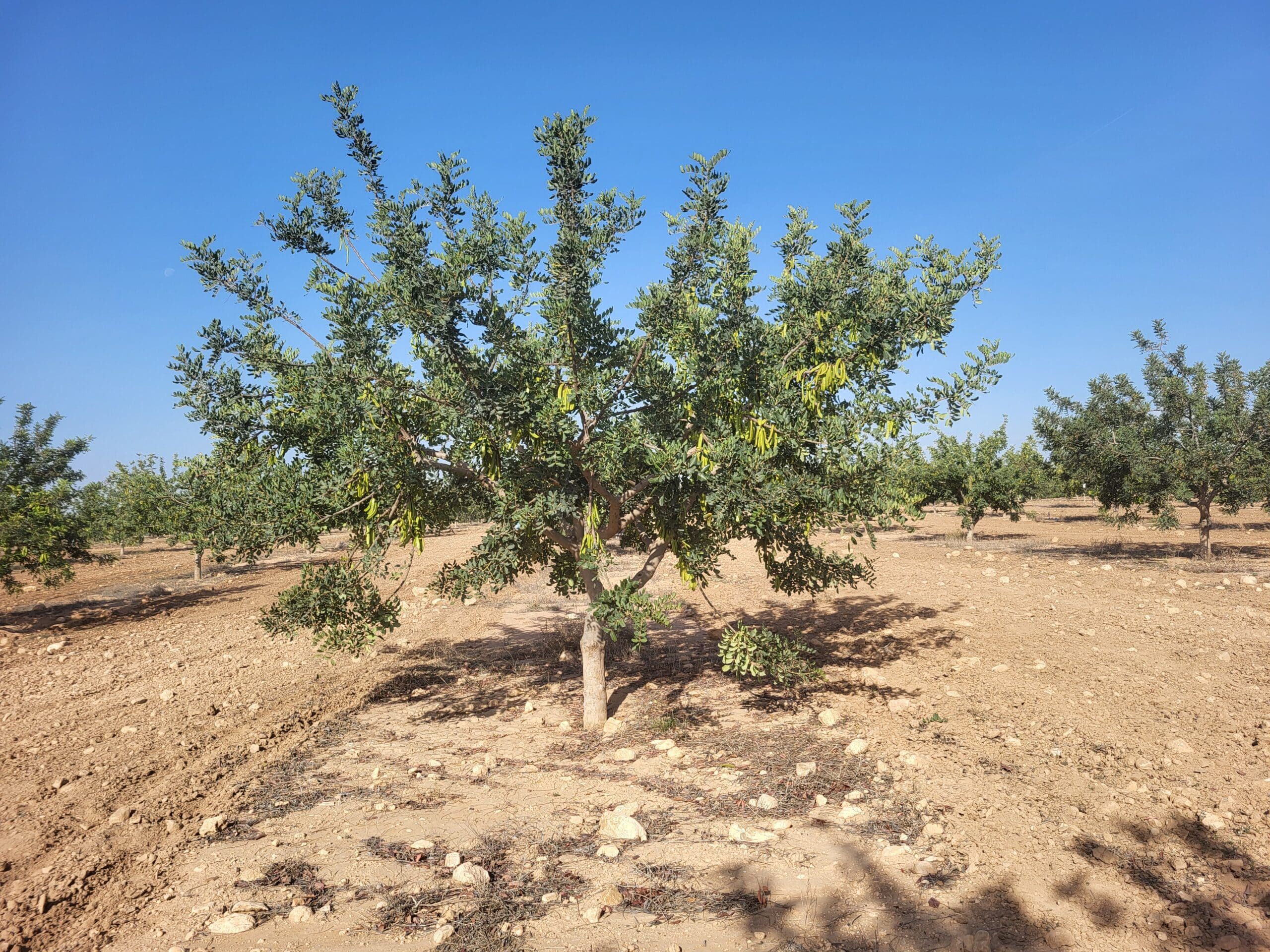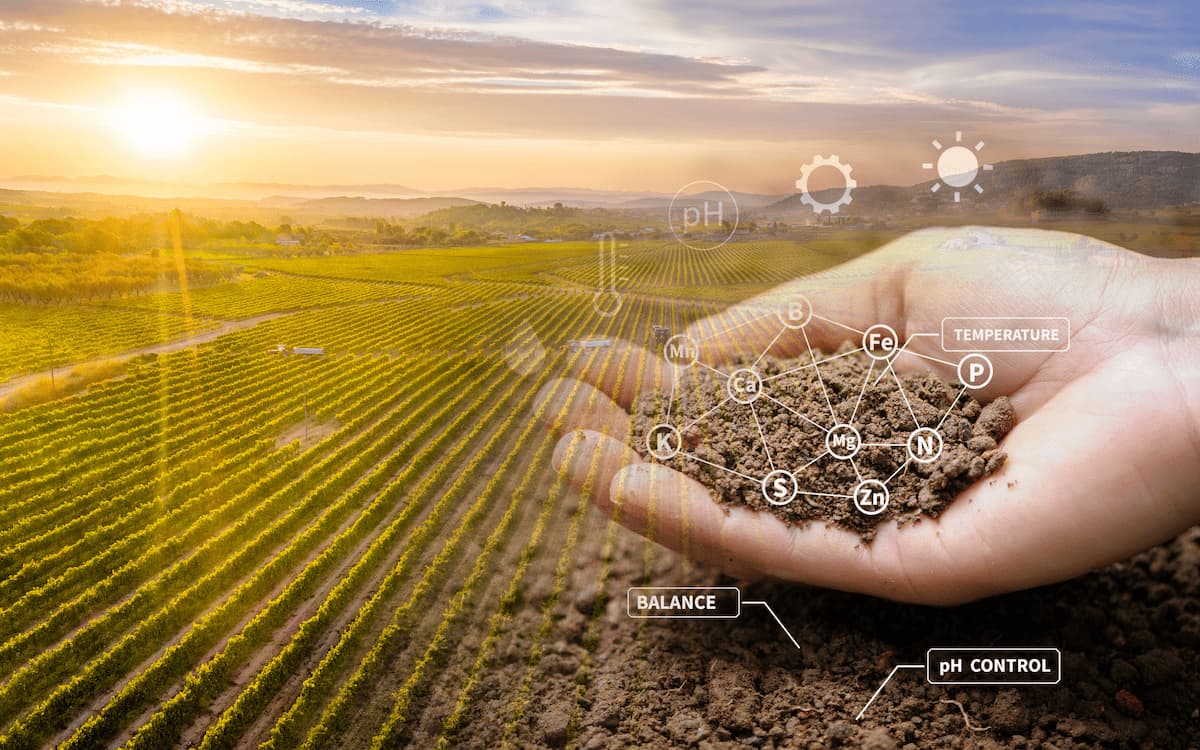Table of contents
In a world where water is increasingly precious and sustainability is becoming an imperative, drip irrigation is emerging as a vital solution. This irrigation technique not only represents a breakthrough in modern agriculture, but also symbolizes our commitment to caring for the planet.
At AZUD, we have been working for more than 40 years to develop advanced drip irrigation technology and innovative solutions to maximize water and energy efficiency for a more productive and sustainable agriculture.
Introduction to drip irrigation
Drip irrigation is an irrigation technique that allows water and nutrients to be applied directly to the roots of plants. Its relevance has grown exponentially due to its efficiency in the use of water, especially in regions where this resource is scarce. Recent studies show that drip irrigation can increase water use efficiency by up to 90% compared to traditional methods.
Benefits of drip irrigation
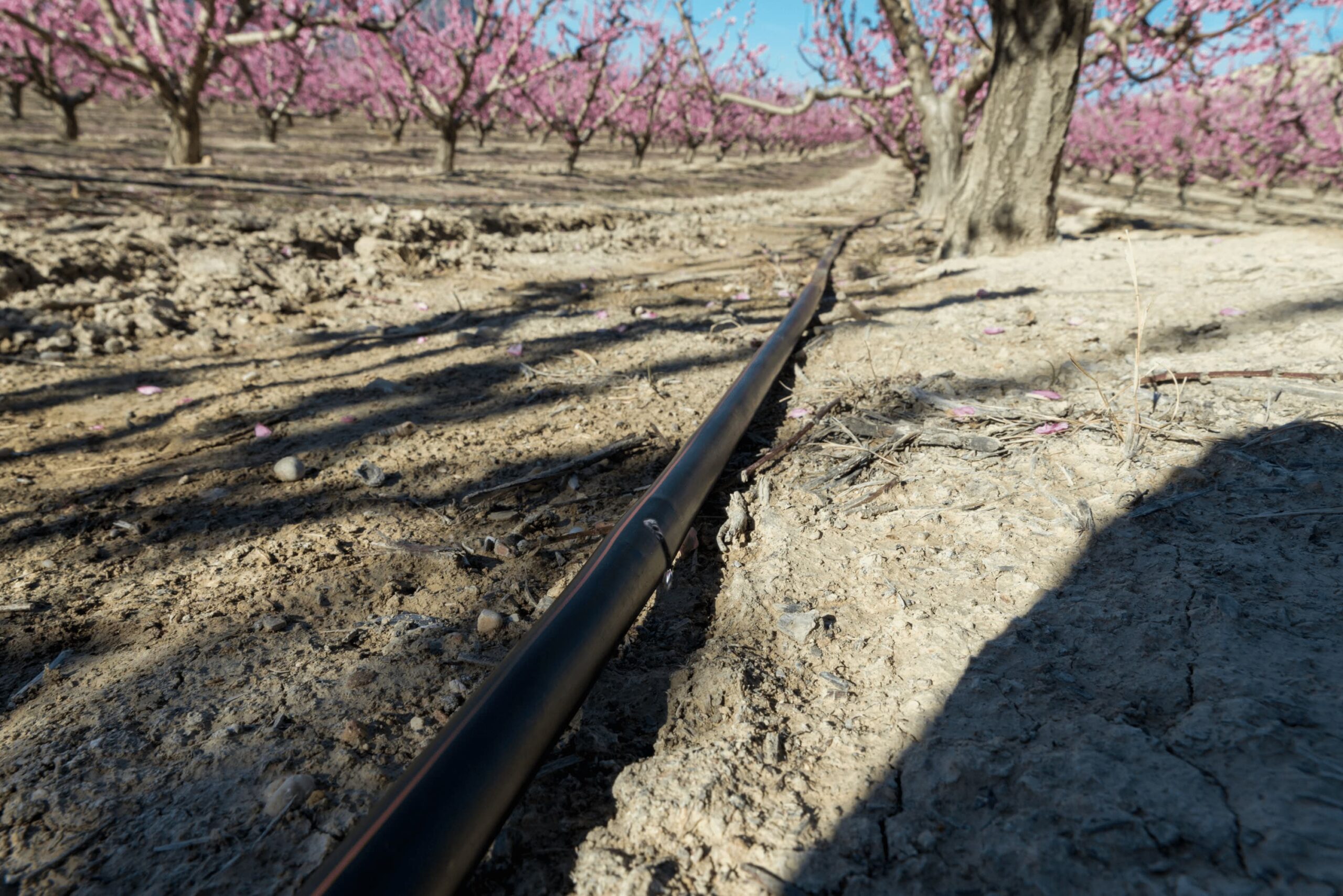
Water use efficiency
Drip irrigation minimizes water loss (evaporation, carryover, runoff, and/or deep percolation) by delivering water directly to a portion of the substrate or soil where the root zone is located, in a frequent and localized manner. Comparisons between drip irrigation and traditional systems indicate a significant reduction in water consumption, among other factors.
Energy and resource savings
In addition to saving water, the system reduces energy consumption compared to other pressurized systems such as sprinkler irrigation. There are extensive bibliographic references on this subject, which show a notable decrease in energy use in drip irrigation systems, compared to sprinkler irrigation systems, both fixed and mobile.
Increase in crop productivity
It has also been proven in a wide range of studies that drip irrigation improves crop productivity, with a significant increase in yield and quality, thanks to better water and nutrient management.
Key components of a drip irrigation system

Filtration
AZUD filtration systems guarantee the best protection against clogging of emitters, ensuring crop uniformity. They are the most reliable and robust solution for water with a high load of suspended pollutants, and the most sustainable for agriculture, reducing operating costs and extending the life of the installation.
Tubing and drippers
Irrigation tubes are essential for accurate water distribution. At AZUD, we offer high quality tubing that ensures uniform water distribution along the entire irrigation line, throughout the life of the crop.
AZUD drippers stand out for their precision and consistency, providing the exact amount of water and nutrients each plant needs, reducing waste and improving water efficiency. In addition, they have a unique and innovative technology that allows them to defend against one of the most common problems such as clogging.
Control and monitoring systems
The success of a drip irrigation system also depends on effective control and monitoring. AZUD offers advanced control systems that allow farmers to manage their irrigation with precision, adjusting to the specific needs of their crops and environmental conditions. These systems help optimize water use and increase crop productivity.
How does drip irrigation work?
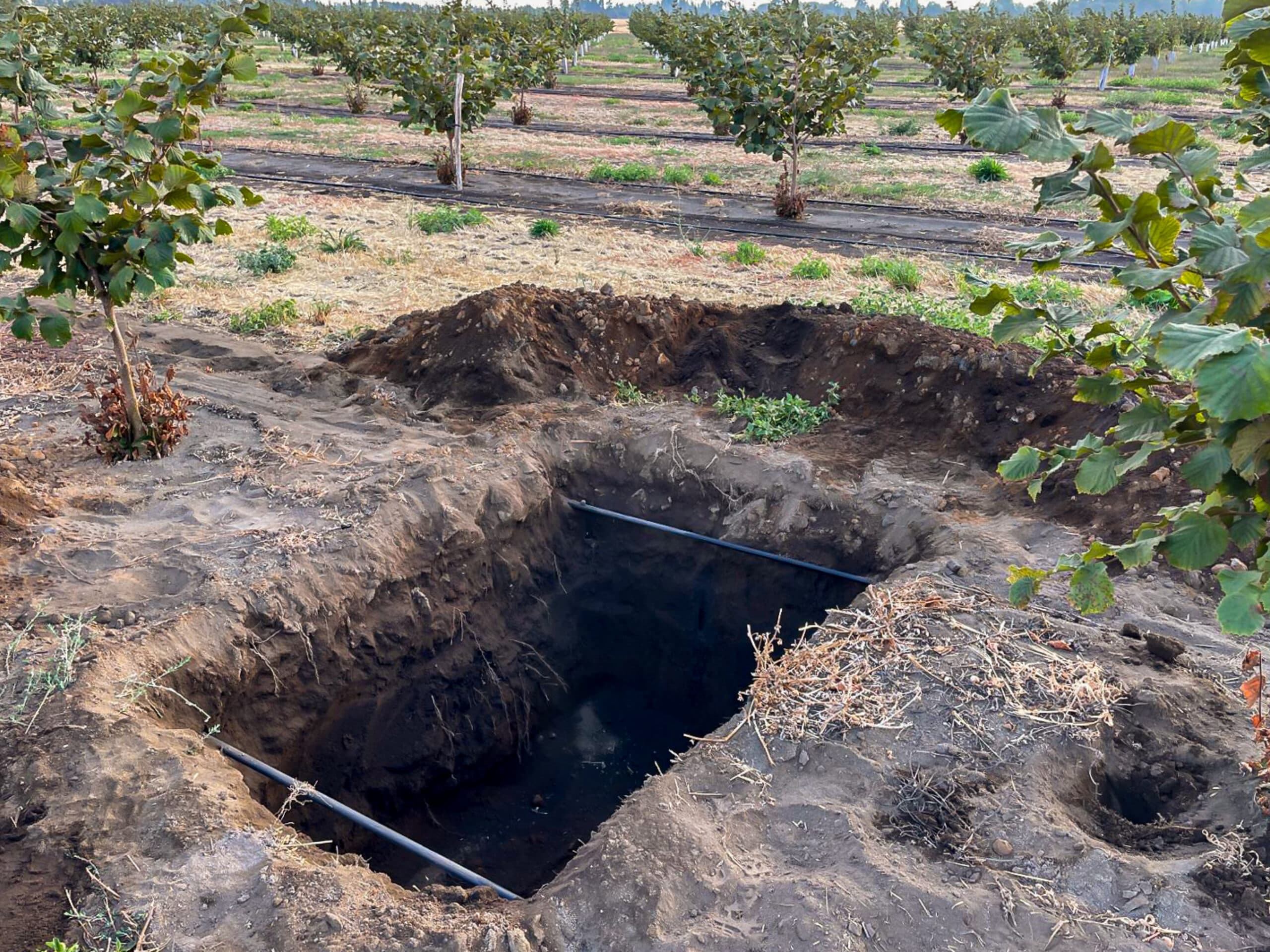
Differences with other irrigation systems
Comparing the drip irrigation system with other irrigation methods allows us to better understand its advantages. We will consider three common irrigation methods: flood irrigation, sprinkler irrigation and drip irrigation.
Flood irrigation is a simple and traditional method, generally low-tech and requiring low technical management, suitable for certain types of crops and soils. However, its main disadvantage is its low water use efficiency, with a high probability of loss due to evaporation and runoff, in addition to the risk of soil erosion.
Sprinkler irrigation mimics natural rainfall and is more uniform than flood irrigation, adaptable to different topographies. Although more water-efficient than flood irrigation, it can be less effective in conditions of high wind or high temperature and low air moisture content, due to water loss by evaporation.
Finally, drip irrigation delivers water directly to a specific portion of the soil, where the root zone is located and developed, resulting in high water use efficiency and minimizing loss through evaporation or runoff. It is suitable for any application whenever an efficient use of water and energy is desired. Although it requires a higher initial investment than previous systems, it offers significant advantages in terms of water savings and adaptability.
Beyond this, there is a technique within the drip irrigation, the sub-surface drip irrigation (SDI), which supplies water to a certain depth of the soil where the root development of the plants is motivated, avoiding the loss of water by evaporation on the surface or by runoff. In AZUD we are experts in SDI, an irrigation technique that allows a more efficient use of water, energy and fertilizers, positioning itself as the best alternative at an economic, agronomic and ecological level.
In summary, drip irrigation stands out for its efficiency in the use of water and its capacity to adapt to a wide range of agricultural conditions, being a valuable option especially in areas with water limitations.
Installation of a drip irrigation system
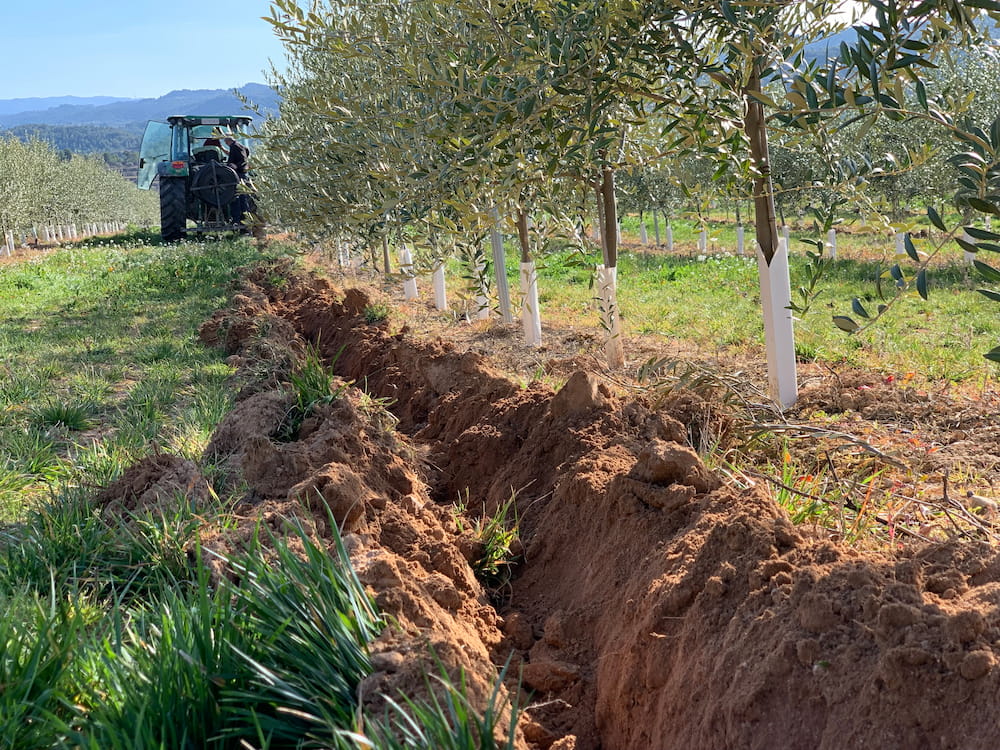
The installation of a drip irrigation system requires careful planning and precise execution to ensure its efficiency and effectiveness.
First of all, it is important to evaluate the needs of the crop area, including the type of crop, the planting system, the physical and chemical characteristics of the soil, and the available water source in terms of water quality and availability.
AZUD’s expert engineers can advise and help you to design a detailed project of the system in a correct and professional way, indicating the characteristics and requirements of each component of the installation, to avoid problems that may arise in the short-medium term.
It is also crucial to select a filtration system that integrates the appropriate technology according to the type of water used, together with the principles of water and energy efficiency during its operation.
After installation, a regular maintenance plan or protocol is essential to maintain the efficiency of the system over time, according to the initial values determined in the project design. This includes monitoring the pressure difference in the filters, inspecting the emission flow rate of the drippers and monitoring the network for possible leaks or blockages, among others.
Drip irrigation system maintenance

From AZUD we want to put at your disposal the knowledge and the necessary tools to perform a correct maintenance of your irrigation installation, extending its useful life and optimizing its operation.
You can ensure the correct maintenance of your installation by downloading the AZUD drip irrigation installation operation and maintenance manual.
In this document you will find:
- Recommendations to perform the best maintenance on your irrigation system.
- Different maintenance plans to choose the most suitable according to your needs.
- All the treatments that you should know according to the situation of your installation.
Drip irrigation in different applications

Drip irrigation is a versatile irrigation system that finds application in a variety of fields, from agriculture to gardening and landscaping.
In agriculture, drip irrigation is widely used because of its water efficiency and its ability to improve crop yields.
In gardening and landscaping, both at the residential and municipal level, drip irrigation helps maintain landscaped areas, urban trees and green areas in general with an efficient use of water.
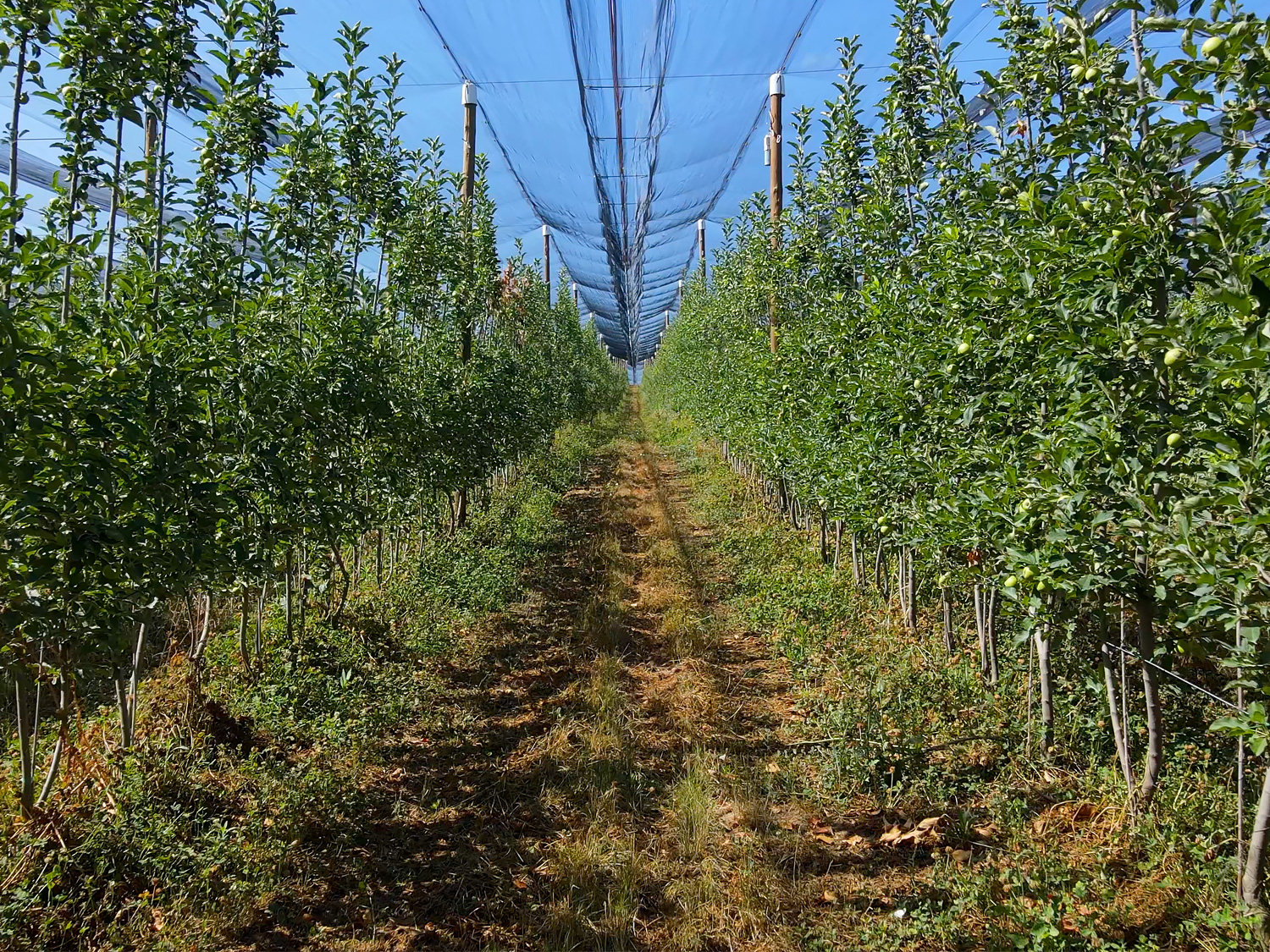
AZUD has developed several drip irrigation projects. In one of these projects, drip irrigation has been implemented in Europe’s largest organic apple production farm in Lleida, Spain.
The main challenge was the transition to organic farming, which required a significant change in crop management, such as the adoption of a super high-density cropping framework and restrictions on herbicide use. In addition, the irrigation pipes were initially on the surface, which complicated the management of the plantation.
The solution adopted was sub-surface drip irrigation (SDI) with AZUD PREMIER. This system made it possible to eliminate surface piping, reduce the water footprint and efficiently manage the plantation. It stood out for its ability to work with organic nutrition without clogging and for its efficiency in water use thanks to its specific design, which includes DS TECHNOLOGY self-cleaning labyrinth and 0.9 l/h dripper flow rate.
On the other hand, an AZUD HELIX AUTOMATIC 4DCL DLP disc filtration system is used, which filters both the irrigation water and the nutrition to achieve a more homogeneous mixture and a quality suitable to work with total guarantees in the irrigation system.
Innovations and future trends in drip irrigation
Drip irrigation aligns closely with the United Nations Sustainable Development Goals (SDG), especially in terms of innovative and sustainable water management. This irrigation technique represents a significant advance in sustainable agriculture and the responsible use of water resources.
Drip irrigation represents a shift towards a more technological and scientific approach to water management. With the incorporation of technologies such as soil moisture sensors, IoT and automated control systems, it promotes more accurate and efficient water management.
In a world where water resources are becoming scarcer and weather conditions more unpredictable, drip irrigation offers a resilient and adaptable solution capable of optimizing water use in a wide variety of agricultural environments.
At AZUD, we invest 3% of our annual turnover in R&D&I in order to find drip irrigation solutions that improve the use of water.
Conclusion: Why drip irrigation is essential to the future of water management
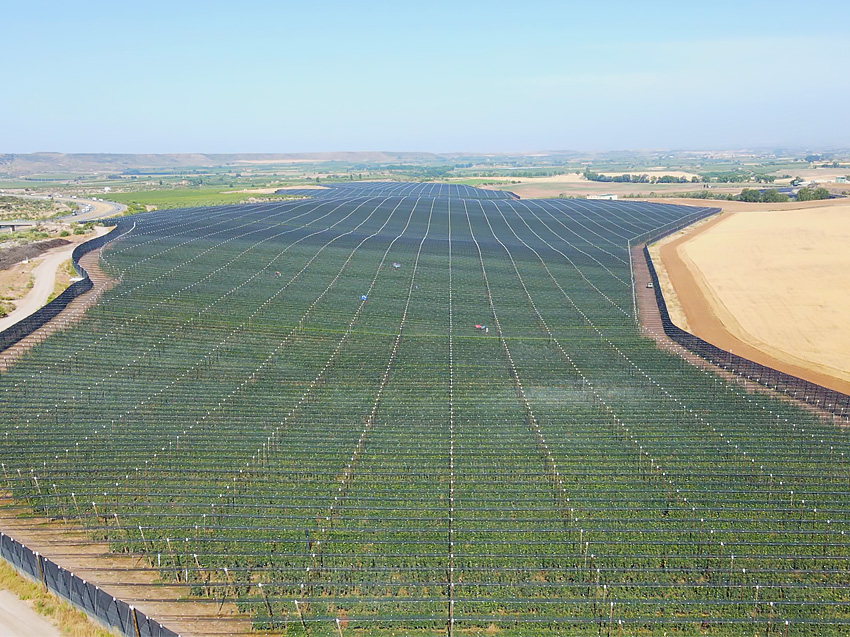
At AZUD, it is clear to us that drip irrigation is an essential and innovative solution for the future of water management. This technique, which maximizes water and energy efficiency, aligns perfectly with the growing need for sustainability in agriculture and beyond.
The direct application of water and nutrients to the area of greatest plant root growth and the significant reduction in water and energy consumption reflect a revolution in the care and management of natural resources. In addition, the adaptability of the drip irrigation system to a variety of water sources and its integration with advanced filtration, monitoring and control technologies ensure its relevance in a wide range of applications from urban parks to the most demanding agriculture.
AZUD’s projects underscore the ability of these technologies to address complex, large-scale challenges, offering solutions that are not only sustainable, but also efficient and effective.
Looking ahead, innovations in drip irrigation, aligned with the United Nations Sustainable Development Goals, point to a future where water management is smart, adaptive and sustainable, making drip irrigation an indispensable tool in water conservation for present and future generations.



